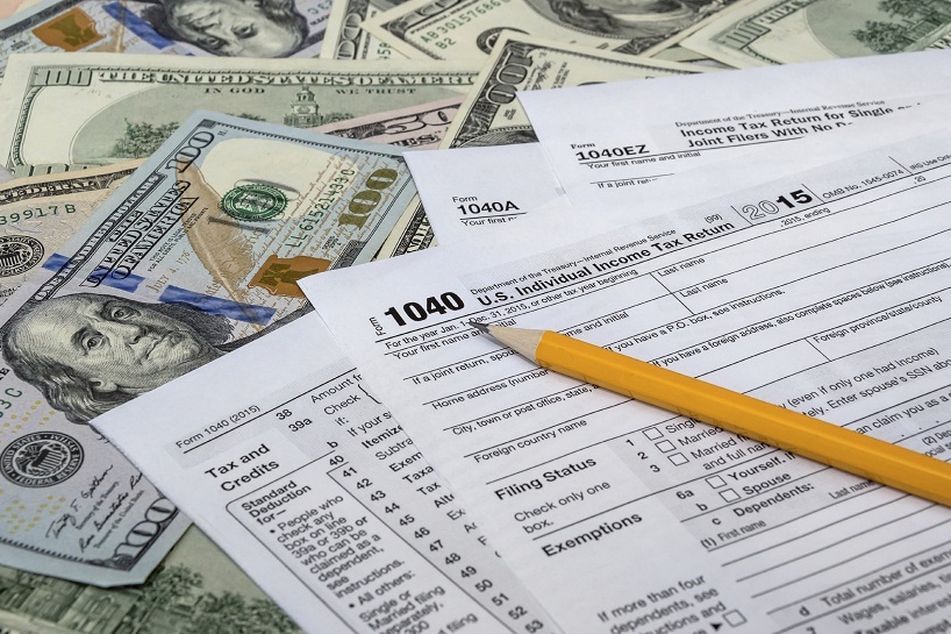In wake of tax reform, muni bond market gains footing

As banks sell munis, and the Fed hikes rates, supply and demand take over.
Six months after the sweeping tax-reform package that cut corporate and individual rates rattled the $3.7 trillion municipal bond market, financial advisers say the fallout has proven to be a good thing for investors.
With deductions for state and local taxes now capped at $10,000, in many high-tax states muni bonds are “the only game in town,” said Timothy Heaney, a muni bond portfolio manager at Newfleet Asset Management.
“Our clients are as interested in muni bonds as ever,” said Theodore Haley, president of Advanced Wealth Management in Portland, Ore. “Many people lost deductions due to the new tax law, and especially here in Oregon, the limit on deductions for state and local taxes is a big hit for some,” he said.
The biggest hit to the muni bond market was the elimination of so-called advanced refunding, which allowed municipalities to issue new tax-free bonds to pay off existing debt.
That triggered a surge of advanced refunding ahead of the tax-law changes late last year, and resulted in a dramatic slowdown in new muni debt issuance so far, this year.
Ronald Bernardi, president of Bernardi Securities, estimates that nationwide muni bond issuance is down at least 25% this year compared with the same period over the past three years.
While there are multiple ripple effects from the tax-law changes, including a reduction in muni bond holdings by banks, investors are still able to benefit from the supply-and-demand imbalance, which drives up the value of existing muni debt.
Meanwhile, the muni-bond market, like most fixed-income markets, is also being hampered by the Federal Reserve’s series of interest-rate hikes, which drives down the value of bonds.
But on a relative basis, munis look like a good bet this year, according to Todd Rosenbluth, director of mutual fund and ETF research at CFRA.
Mr. Rosenbluth said the average muni bond mutual fund is up 39 basis points this year through July 13, which compares to an average decline of 98 basis points for taxable bond funds over the same period.
“It also helps that the on average muni bond funds tend to have lower duration, which means lower interest-rate risk,” he said.
Leon LaBrecque, managing partner and chief executive at LJPR Financial Advisors in Troy, Mich., said even in a state like Michigan, which is not considered high-tax, there is a hunger for quality muni bonds.
“Our appetite for muni bonds hasn’t change, but the supply has diminished,” he said. “It’s hard to find good muni bonds right now here in Michigan.”
According to Cusip Global Services, which tracks filings for new debt issuance, the muni bond request volume is slowly picking up this year, but is still down 17% from the same time last year.
Requests for bond cusips, identification numbers that are assigned to bonds, do not always equate to actual bond issuance, but it is an indicator of debt issuance activity.
Based on the fact the request volume was down 57% in January compared with December indicates the trend is positive but still lagging historical average volume levels.
Cusip Global saw a 31% increase in requests from February to March, and a spike of 38% from April to May.
“The supply the hit the market in the fourth quarter of last year pushed forward a lot of new issuance, and right now there’s a heavy demand for tax-exempt paper,” said Jonathan Law, muni bond portfolio manager at Advisors Asset Management.
“As a result of the demand, munis have outperformed taxable-equivalent asset classes,” he added. “We will probably see that play out for rest of the summer.”
RJ Gallo, head of the intermediate and long-term muni bond group at Federated Investors, said preventing municipalities from issuing new debt to pay off old debt pulled the trigger on the current supply-and-demand imbalance.
“It takes a tool out of toolbox of issuers,” he said. “Over the last 10 years or so, advanced refundings represented about 15% to 20% of gross new issuance.”
Whether it was shrewd foresight by the tax-law writers or just dumb luck, the supply-and-demand imbalance triggered by the elimination of advanced refunding has been tempered somewhat by the corporate tax cuts that came in the same package.
With corporate rates dropping from the 35% range to around 21%, some of the bigger buyers of muni bonds, such as banks, have reduced holdings because there are now better after-tax returns from taxable bonds.
The second-quarter data isn’t yet available, but during the first three months of the year, banks trimmed their muni bond holdings by nearly $8 billion. And analysts expect to see a similar number for the second quarter.
While every investor’s situation is unique, Mr. Bernardi said the breakeven point for individual investors, where taxable bonds make more sense, is a tax rate of around 25%.
Learn more about reprints and licensing for this article.








